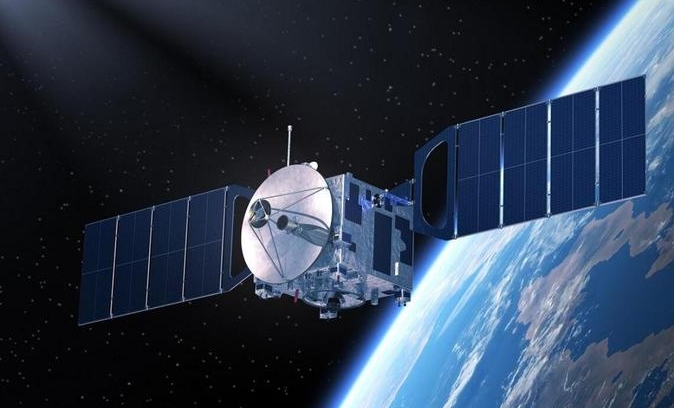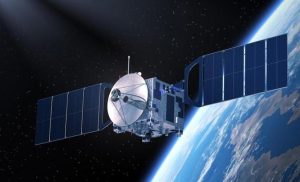
In satellite missions, precision is critical. Even minor errors can lead to mission failure. Satellites rely on advanced technology to maintain positioning and navigation. Among these, star trackers, often called the “eyes” of satellite systems, shine brightly.
Star trackers, or star sensors, are optical devices integrated into satellites and spacecraft. They ensure precise attitude determination. Essentially, they act as the satellite’s eyes, capturing starry sky images. These images help calculate the spacecraft’s position relative to fixed celestial points.
These devices include a camera or sensor array, processing electronics, and software algorithms for image analysis. Since their debut in the mid-20th century, the technology has advanced significantly. Modern star trackers are compact, lightweight, and highly reliable.

Star trackers blend optics, computing, and astronomy seamlessly. They begin by capturing star field images through a lens. A stray light shield protects the lens, blocking interference from sunlight or Earthshine. Next, the processor employs advanced algorithms to identify stars. It matches patterns against an onboard star catalog database. By recognizing constellations or star patterns, the system calculates the satellite’s three-axis orientation (roll, pitch, yaw).
Key steps include:
– Image Acquisition: The sensor captures snapshots, often in visible or infrared wavelengths.
– Star Detection: Algorithms filter noise and pinpoint bright spots.
– Star Identification: A “lost-in-space” algorithm handles initial orientation, while recursive tracking updates continuously.
– Attitude Calculation: Quaternion mathematics derives precise orientation.
This process repeats frequently, delivering real-time data to the satellite’s attitude control system (ACS). Consequently, the ACS adjusts thrusters or reaction wheels accordingly.
Star tracker rightfully earn their title as the satellite’s “eyes.” Satellites must maintain precise orientation for critical tasks. These include aligning solar panels, pointing communication antennas at Earth, and aiming scientific instruments. Without accurate attitude control, satellites may drift, causing power loss, data corruption, or mission failure.
In geostationary orbits, satellites hover over fixed Earth points. Star trackers ensure stability amid gravitational disturbances and solar winds. For low-Earth orbit (LEO) constellations like Starlink, they enable rapid maneuvers to avoid collisions. Moreover, their autonomy reduces dependence on ground stations, cutting operational costs significantly.
Additionally, star trackers integrate with sensors like gyroscopes and sun sensors. This forms a hybrid navigation system, providing essential redundancy.
Send us a message,we will answer your email shortly!